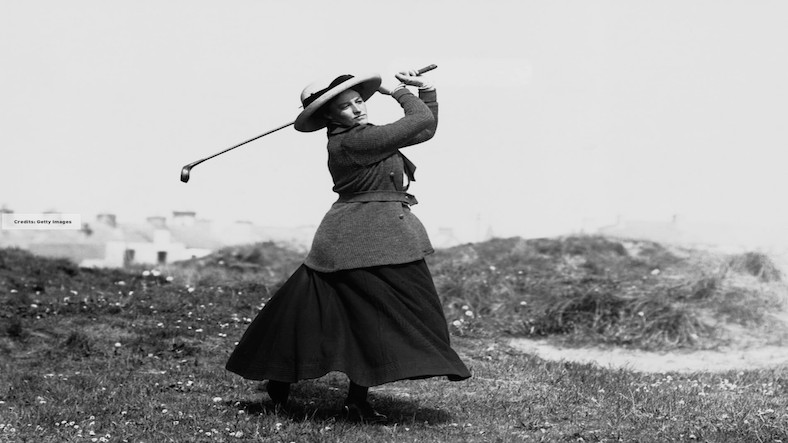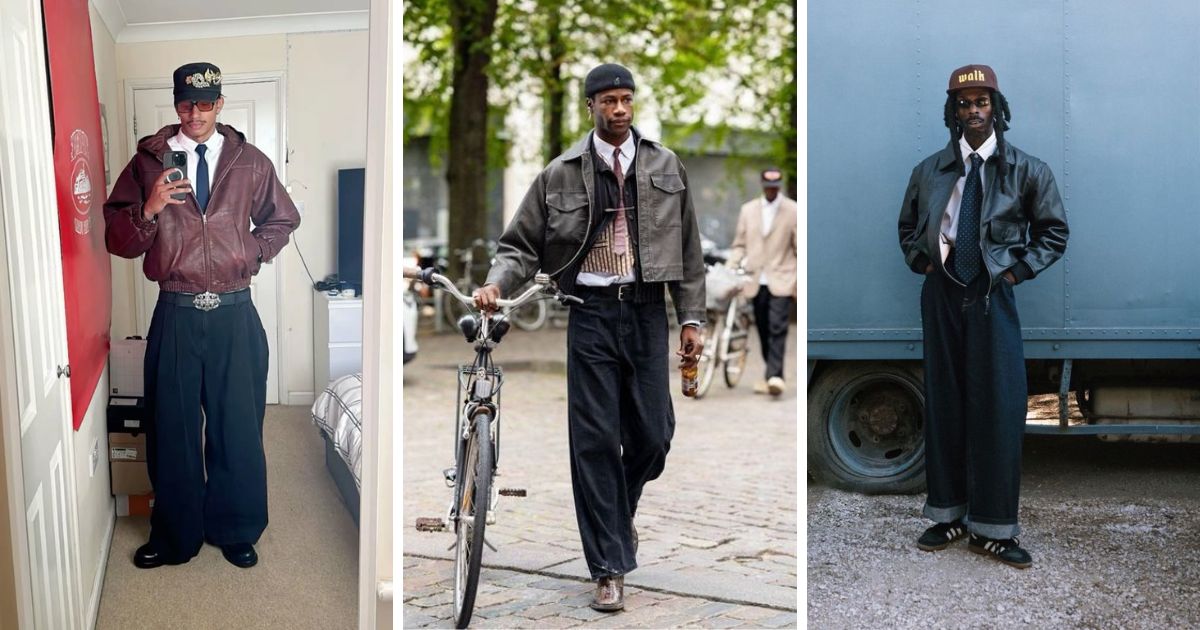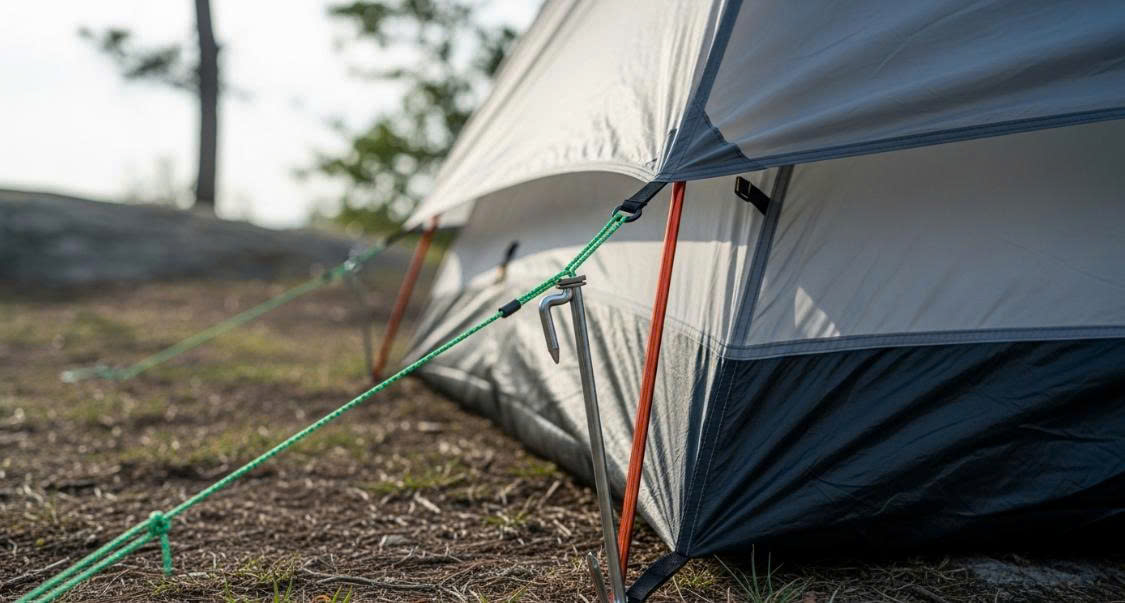Margaret Abbott lived her entire life without knowing that one of the golf tournaments she won was part of the 1900 Summer Olympics.
After American Margaret Abbott won the women's golf tournament at the 1900 Summer Olympics in Paris at the age of 22, no medal was awarded to the champion - no one stood on the podium when the American flag was raised, no parade to celebrate her victory.
In fact, Margaret left the course without knowing that she had just become the first American woman to win an Olympic event, and she was completely unaware of the milestone she had set in global sports history. She died in 1955 without knowing that the tournament she won half a century earlier was part of the Olympics.
Portrait of Margaret Abbott
The 1900 Summer Olympics were not the world's most glamorous sporting event as we know it today.
Instead of encompassing Paris on a grand scale, the second modern-era Olympics were a sideshow to the World's Fair held in the French capital. At the same time, the Paris Exposition of 1900 organized and managed a six-month schedule of sporting events, including mixed competitions such as tug-of-war, basque pelota, kite flying, and pigeon racing.
It is unclear which events were part of the Olympic program and which were held in conjunction with the World's Fair. When Abbott entered a golf tournament organized by the exposition in October 1900, she thought she was competing for the Paris championship.
As a result, spectators and even athletes themselves were not clear about which events were part of the Olympic program and which were part of the Paris Exposition. When Abbott signed up to compete in October 1900, she simply thought she was competing in a national event.
Outstanding on the Field
Margaret Abbott was born in India in 1878. Her father died shortly after her birth, and she and her mother, the novelist Mary Abbott, immigrated to America - her father's homeland. Working as an editor for the Chicago Tribune and the Chicago Times-Herald, Mary had the opportunity to become acquainted with the new sport that was gradually becoming popular among the American elite in the late 19th century - golf - and also introduced her daughter to the game. From the beginning, while playing at the Chicago Golf Club, Margaret was highly regarded for her quick learning, perfect technique, and also won many small local tournaments. The 6-foot-11-inch-tall young woman caught the attention of several newspapers, hailed as a “fierce competitor” with a “classy backswing.”
Group photo of Chicago Golf Club members in 1898 (Margaret is circled in red)
“Margaret Abbott possesses a natural talent for the game,” Inter Ocean reported in 1898. “Miss Abbott plays golf with exceptional grace and looks exceedingly well on the links. Her drive is of considerable length, and on the green she is entirely at ease.” The newspaper predicted Abbott would become “one of the best women golfers in the United States.”
“When she was playing golf in Chicago, she received a lot of compliments in the society columns regarding her prowess as a golfer,” said Paula Welch, a University of Florida professor and Olympic historian. “I don’t know that she thought about being any kind of a role model and I don’t think she thought of herself as a pioneer, but she really was a pathfinder.”
The Abbotts moved to the French capital in 1899 so that Mary could complete a project to write a women's guide to Paris. Margaret, a talented painter, followed her mother to Paris and studied art under Edgar Degas, Auguste Rodin, and Pierre-Auguste Renoir. By the turn of the century, Paris was the focus of global attention as tourists and athletes flocked to the city for the World's Fair and the Summer Olympics.
Read more: Olympic Paris 2024: Tee Times Announced for Women’s Golf Competition
The Olympics Open to Women
Like the ancient Olympics, the first modern Olympics (held in 1896) barred women from competing.
However, four years later, 22 women (out of nearly 1,000) were allowed to compete in the 1900 Summer Olympics in sanctioned sports (that is, sports that women were socially allowed to play) such as croquet, horseback riding, and cross-country skiing. horseback riding, tennis, and golf.
Dressed in long sleeves and ankle-length skirts, Mary and Margaret Abbott joined eight other women in a nine-hole exhibition tournament at Compiègne, 50 miles north of Paris, on October 3, 1900. The tournament at Compiègne Golf Club featured only five French women and five American women who were studying or vacationing in Europe.
Margaret Abbott (playing golf above) became the first female U.S. Olympic Champion and never knew it.
Margaret Abbott finished with a nine-hole 47, two strokes ahead of Polly Whittier (a descendant of the poet John Greenleaf Whittier), and six strokes ahead of Myra Pratt, a socialite from New York who later married a Serbian prince. Mary shot 65, the first and only time a mother and daughter competed in the same event at the same Olympics.
After her victory, Margaret Abbott received a gold-inlaid Saxon china bowl, but there was no inscription or inscription indicating that she had won an Olympic event. (Gold medals were not awarded to Olympic champions until 1904.)
In 1902, Abbott married political critic Finley Peter Dunne. The couple had three sons and a daughter, all of whom were unaware that their mother was the first female U.S. Olympic champion—until an Olympic historian revealed the information decades after Abbott's death in 1955.
The Secret Kept for Nearly a Century
In 1973, Paula Welch visited the U.S. Olympic Committee headquarters in New York City to research her dissertation on U.S. female Olympians, when she noticed the first woman's name (misspelled "Abbot") on a plaque listing past U.S. champions.
Welch speculated that Abbott's name had appeared on the plaque because it had been included in a government report on the Paris Exposition, which listed her as the champion of the women's golf event.
Unable to find anyone who knew Abbott's story, Welch spent a decade searching for answers on her own.
After poring over old film reels and faded newspapers to learn everything she could about the golfer, Welch published her findings in the October 1982 issue of The Olympian magazine.
Margaret Ives Abbott was a 1900 Olympic champion — but didn’t know it.
She then contacted one of Abbott's sons, Peter Dunne, who learned for the first time that his mother was an Olympic champion.
"There were a lot of women who were pushing the sport before Title IX, and they weren't really recognized," Welch said. "Margaret Abbott happened to be in the right place at the right time, and when that door opened in 1900, she made history."
After the 1900 tournament, golf remained off the Olympic program until the 2016 Summer Games in Rio de Janeiro, meaning Abbott remained the reigning women's Olympic golf champion for more than a century. Thanks to Welch reviving the golfer's memory, Abbott was inducted into the Illinois Golf Hall of Fame in 2023.
References: https://www.history.com/news/margaret-abbott-first-american-woman-olympic-win







.jpg)
.jpg)






